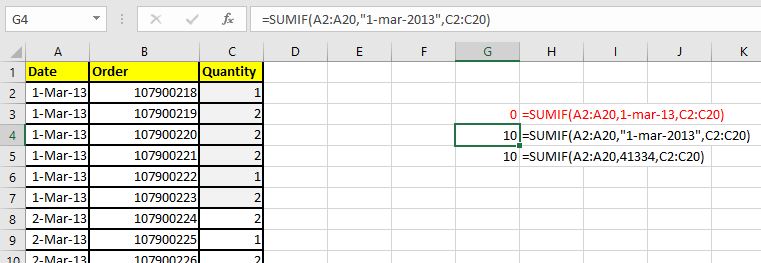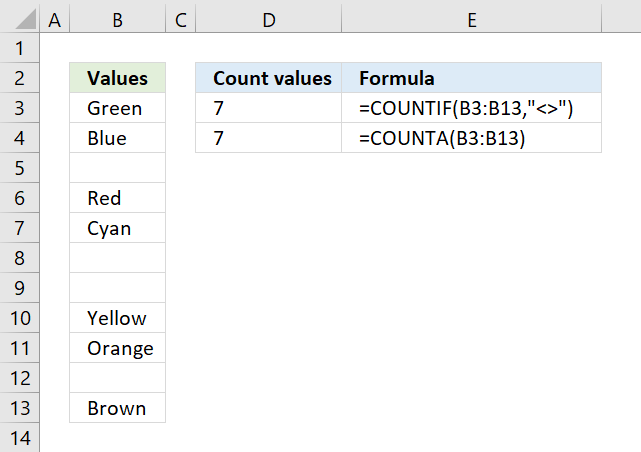
How to vlookup return value in adjacent or next cell in Excel?. How to vlookup value and return true or false / yes or no in Excel?. Note: In the formula, E2 is the cell contains the given number, A2:C8 contains the number range and the value you will return based on the given number, and number 3 means that the value you will return locates in the third column of range A2:C8. You can see the given number 5 is in the number range 4-6, then the corresponding value Addin 012 in the adjacent cell is populated into the selected cell immediately as above screenshot showed. Select a blank cell, enter formula =VLOOKUP(E2,A2:C8,3, TRUE) into the Formula Bar and then press the Enter key. Please apply the following formula to return a value if a given value exists in a certain range in Excel.ġ. Return a value if a given value exists in a certain range by using a formula The formula method in this article can help you achieve it. 
above this will match any cell formatted as text that has ‘300’ somewhere in its string.As the left screenshot shown, if a given number 5 is in a certain number range, how to return the value in the adjacent cell. “A?” will provide all provide matches of any cell that begins with ‘A’ and is 2 characters long.
 “?” as the question mark represents a single character you can match all cell values that are 3 characters long (provided they are text). above so you can easily exclude text from the match “*A*” will match any cell with ‘A’ in its value (this is not case sensitive). above so all numeric and blank cells meet the criteria “*” will match any cell with text (blank cells are not matched). As well as being powerful SUMIF criteria, these can become an excellent validation check in your spreadsheets by using COUNTIF and COUNTIFS functions. Particularly with regard to numeric cells and blanks. It is important to consider what is being excluded or included. Hopefully these examples are enough to see the options. This table shows also shows the results for SUMIF with 300 as the criteria.įig(a13) Work smarter in Excel with our free productivity tools.
“?” as the question mark represents a single character you can match all cell values that are 3 characters long (provided they are text). above so you can easily exclude text from the match “*A*” will match any cell with ‘A’ in its value (this is not case sensitive). above so all numeric and blank cells meet the criteria “*” will match any cell with text (blank cells are not matched). As well as being powerful SUMIF criteria, these can become an excellent validation check in your spreadsheets by using COUNTIF and COUNTIFS functions. Particularly with regard to numeric cells and blanks. It is important to consider what is being excluded or included. Hopefully these examples are enough to see the options. This table shows also shows the results for SUMIF with 300 as the criteria.įig(a13) Work smarter in Excel with our free productivity tools. 

To start, check Fig(a1) for the table we’ll use when analyzing the wildcard results. SUM_RANGE is the range of data to sum when the criteria is matched in the range.īelow we look at these examples: “”, “*”, “*”, “*A*”, “*A*”, “?”, “A?”, “*300*”, “B”, “A?”, “”, “?” CRITERIA is what we’re looking for (this will include our wildcards). RANGE is where we’re going to look for our criteria. The arguments for SUMIF are: RANGE, CRITERIA and SUM_RANGE. Lets look at the wildcard combinations using the SUMIF function. VLOOKUP, HLOOKUP (‘’ will not work with these).Wildcards work with all of the following functions: When you’re looking up text or values you’ll often want to use wildcards in your searches.








 0 kommentar(er)
0 kommentar(er)
